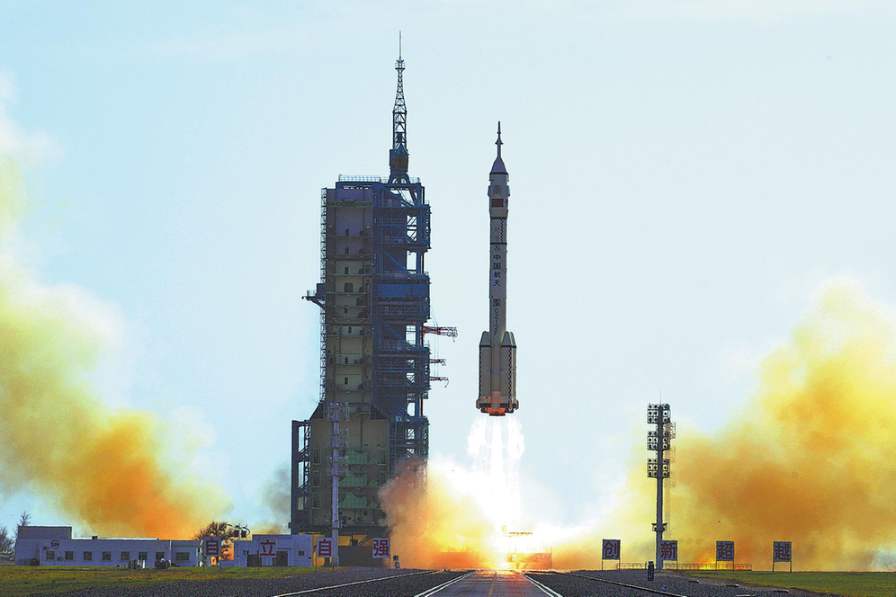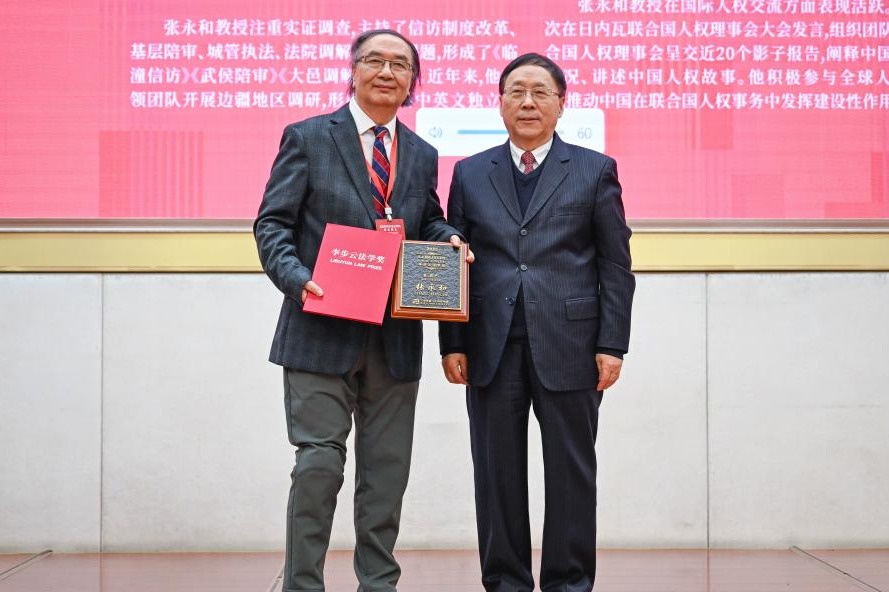Nation plans further push to speed up innovation in telecom, internet sectors

China will further push innovation in next-generation telecommunication and digital infrastructure, such as 6G wireless technology, as part of its broader efforts to nurture new quality productive forces and build a modern industrial system, according to the Ministry of Industry and Information Technology.
Zhang Yunming, vice-minister of industry and information technology, said that more efforts are needed to prioritize comprehensive innovation, accelerate 5G-Advanced — a crucial upgrade to the 5G network in terms of functionality and coverage — and 6G technology development, and foster industrial and application advancements to empower the modernization of China's industrial infrastructure.
Zhang made the remarks on Saturday at a conference held in Nanchang, Jiangxi province, to celebrate the 160th anniversary of what is now known as the International Telecommunication Union.
"China has built the world's most advanced and largest-scale information and communication network, with 5G applications integrated into 86 out of 97 major categories of the national economy," he said.
The industrial internet now covers all 41 industrial categories, accelerating the deployment of artificial intelligence, low-altitude economy initiatives, and the deep integration of the real economy with the digital economy, Zhang said.
By advancing cross-regional digital infrastructure, expanding industrial internet adoption in industrial parks and manufacturing clusters, and fostering international partnerships in standards and policy, China aims to build a resilient, intelligent and sustainable digital economy and better meet the needs of economic transformation, he added.
Computing power
On Saturday, China Telecom, China Mobile, China Unicom and the China Academy of Information and Communications Technology jointly initiated the construction of a trial network for the computing power internet.
The computing power internet is the next-generation infrastructure designed to interconnect scattered computing power resources, including AI computing power and supercomputing power, said Wang Zhiqin, vice-president of the CAICT.
This initiative seeks to enable seamless "discovery, allocation and utilization" of computing power nationwide, supporting applications ranging from AI-generated content and autonomous driving to smart factories, she said.
The CAICT has teamed up with over 30 industry, academic and research partners to develop the computing power internet's architecture. To date, 499 computing resource pools from 131 enterprises have been cataloged, aggregating 111.3 EFLOPS of computing power, Wang said.
EFLOPS is a unit of the speed of computer systems. It equals 1 quintillion floating-point operations per second. China's total computing power reached 280 EFLOPS by the end of 2024, according to the Ministry of Industry and Information Technology.
Li Wei, deputy head of the CAICT's cloud computing and big data research institute, said that traditionally, if companies want to use computing power, they either build the infrastructure themselves or rent the computing power via cloud subscriptions, which is expensive. But now with the computing power internet, they can easily find and use in a more efficient way computing power resources that are scattered across China.
For instance, a Beijing-based healthcare company needed midscale AI computing power, which traditionally requires purchasing two computer servers costing over 2 million yuan ($277,400). Through the trial network, the company in Beijing utilized idle servers in the Ningxia Hui autonomous region, completing the task in one day at a reduced cost of around 10,000 yuan, Li said.
Wu Hequan, an academician at the Chinese Academy of Engineering, said that every yuan invested in computing power drives 3 to 4 yuan in GDP growth.
"In the global race for AI leadership, expanding computing power supply is critical," Wu added.
- China's Kuaizhou-11 Y8 rocket launches space experimental spacecraft into space
- Relic dates Jinan founding to around 4,200 years ago
- New rocket set to debut soon, launch six satellites
- Taiwan's character of the year a vote against confrontation
- Wave of freezing weather brings snow to northern China
- APEC 'China Year' kicks off at Shenzhen meeting




































